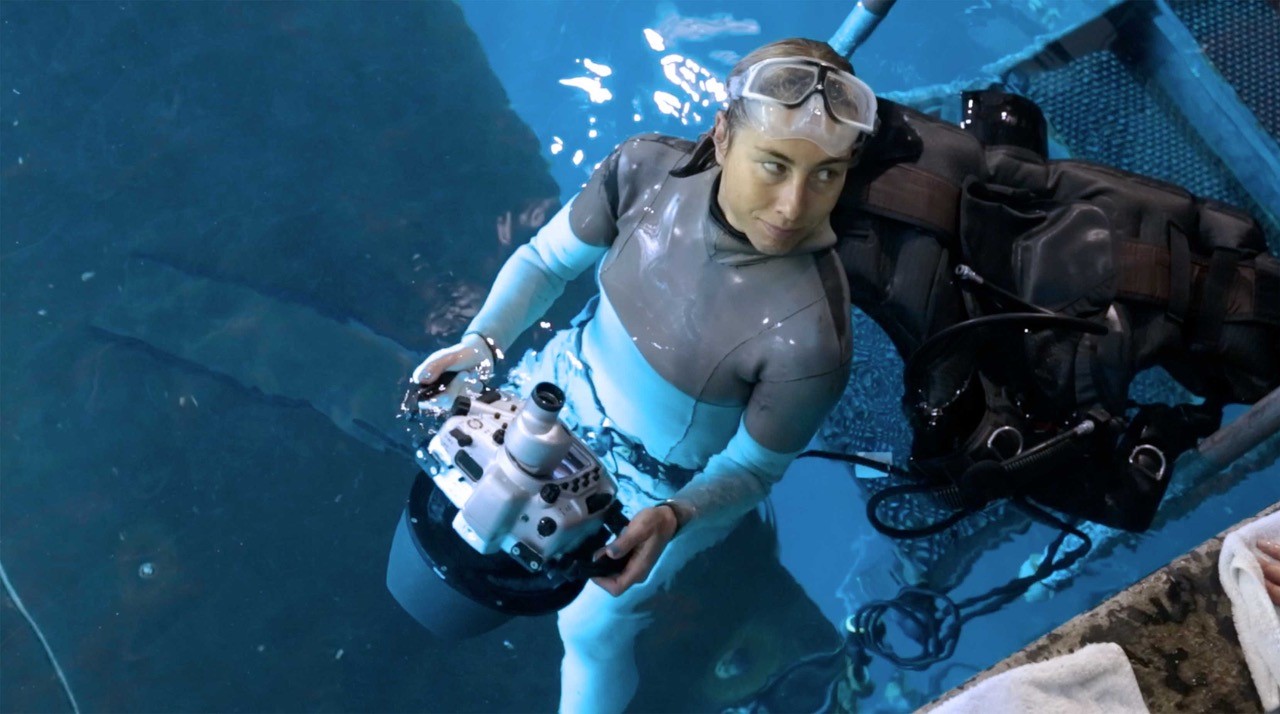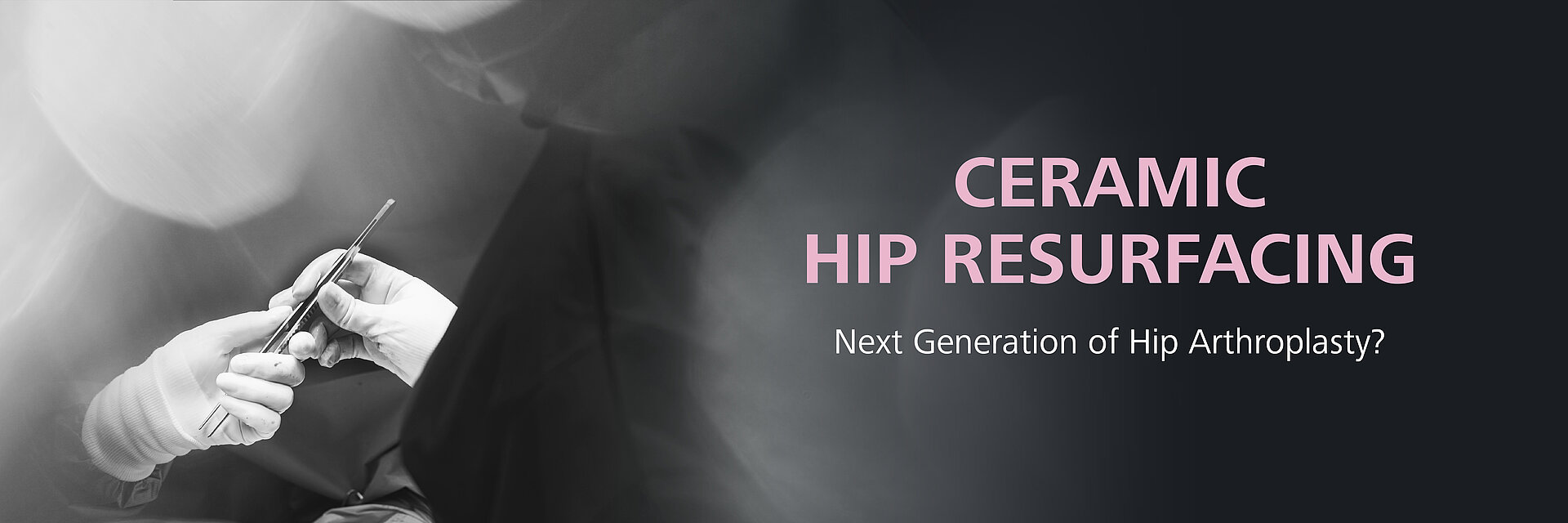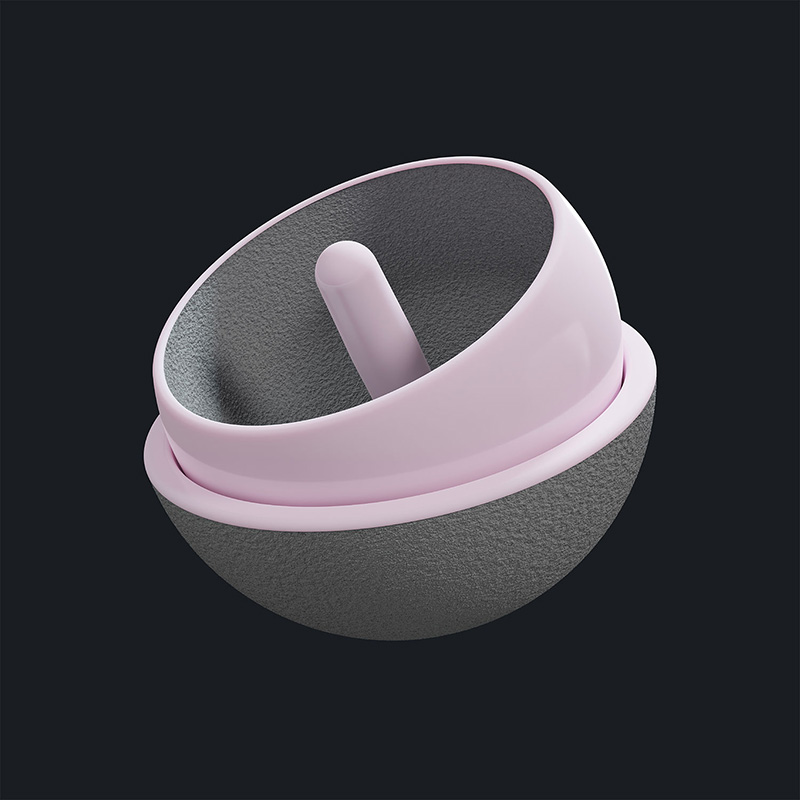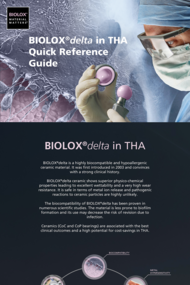Hip Resurfacing with Ceramics
Hip resurfacing arthroplasty (HRA) was developed as a bone and tissue-sparing alternative to total hip arthroplasty (THA) providing a more anatomical hip reconstruction. Until recently, only metal-on-metal implants were available for HRA. Such HRA systems have been subject to metal (Cobalt Chromium Molybdenum, CoCrMo) related problems. The Australian Register Report of 2020 states that ‘metal related pathology is the most common reason for revision after 7 years’ for HRA.
Ceramic-on-ceramic HRA has the potential to change practice and outcomes of hip arthroplasty significantly. The use of ceramic bearings in hip arthroplasty has been rising steadily over the last years. Today, ceramic is the preferred femoral head material in hip replacement. BIOLOX®delta material has been widely used in hip arthroplasty since 2003, defining a benchmark for ceramic materials in arthroplasty.
Monoblock acetabular and femoral component
Modifiable thickness of the wall
Conventional or anatomic shape of the components
Possible concepts for bone fixation under clinical investigation
Vacuum-plasma-sprayed titanium coating w/o HA for cementless fixation
without coating for cemented fixation
Large diameter heads
Increased range of motion
Low wear CoC concept
Free of CoCr
Excellent biocompatibility
Low immunological response
High wear resistance
Reduced bacterial adhesion
Safe in terms of metal ion release
Best clinical outcomes
High potential for cost-effectiveness in THA
Monoblock acetabular and femoral component
Modifiable thickness of the wall
Conventional or anatomic shape of the components
Possible concepts for bone fixation under clinical investigation
Vacuum-plasma-sprayed titanium coating w/o HA for cementless fixation
without coating for cemented fixation
Large diameter heads
Increased range of motion
Low wear CoC concept
Free of CoCr
Excellent biocompatibility
Low immunological response
High wear resistance
Reduced bacterial adhesion
Safe in terms of metal ion release
Best clinical outcomes
High potential for cost-effectiveness in THA
Making Resurfacing Biocompatible
A change from metal to BIOLOX®delta was shown to maintain low wear under tests usually known to accelerate the wear rate of metal-on-metal. Wear tests simulating microseparation conditions in large diameter ceramic resurfacing bearings have reported low wear rates; 47 times lower than that reported for metal-on-metal bearings under these same adverse conditions: The low wear rate and highly biocompatible nature of ceramic potentially offers an advantage over current metal-on-metal hip resurfacing designs and may represent the next generation of resurfacing devices.
Further Treatment Options
While there is currently limited data on clinically tested resurfacing implants, it is possible that the indications may be widened clinically when different treatment options are available. The previously restricted patient population treated with metal-on-metal resurfacing devices may be expanded to include smaller patients and women. With the use of ceramic-on-ceramic bearings, HRA could once again become an option for patients with good bone stock in hip arthroplasty.

Ceramic Resurfacing
Excerpts from a conversation with clinical and engineering experts at ISTA 2025 on the H1® and ReCerf® hip resurfacing systems, BIOLOX®delta ceramic, and the nuance of patient selection.
Read moreForty-Two-Year Old Female Patient with Dysplastic Hip
Courtesy of Dr. Justin P Cobb, Imperial College London
- 42 years old underwater photographer and ex-dancer
- Painful left hip with strong pain in flexion and internal rotation of the hip, a dysplastic hip with superior and anterior subluxation and joint space loss
- Implanted H1® Ceramic Hip Resurfacing, 46 mm head
- 3 years post-op follow-up: acetabular interface is mature and both the femoral neck and periprosthetic pelvic bone is well maintained
- Patient returned to work rapidly, both on land and underwater. Full marks achieved with the Oxford Hip Score within 6 months after surgery






